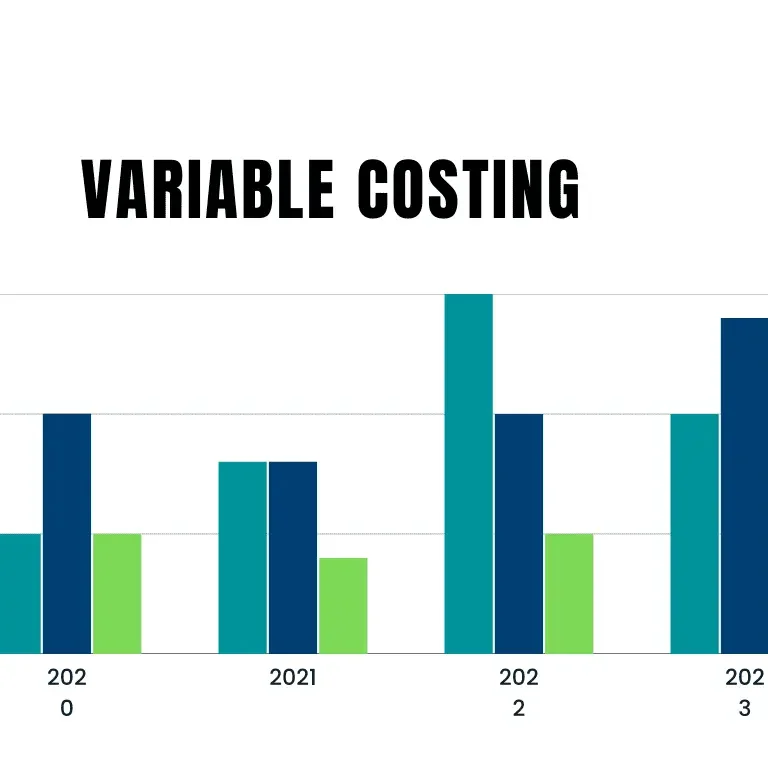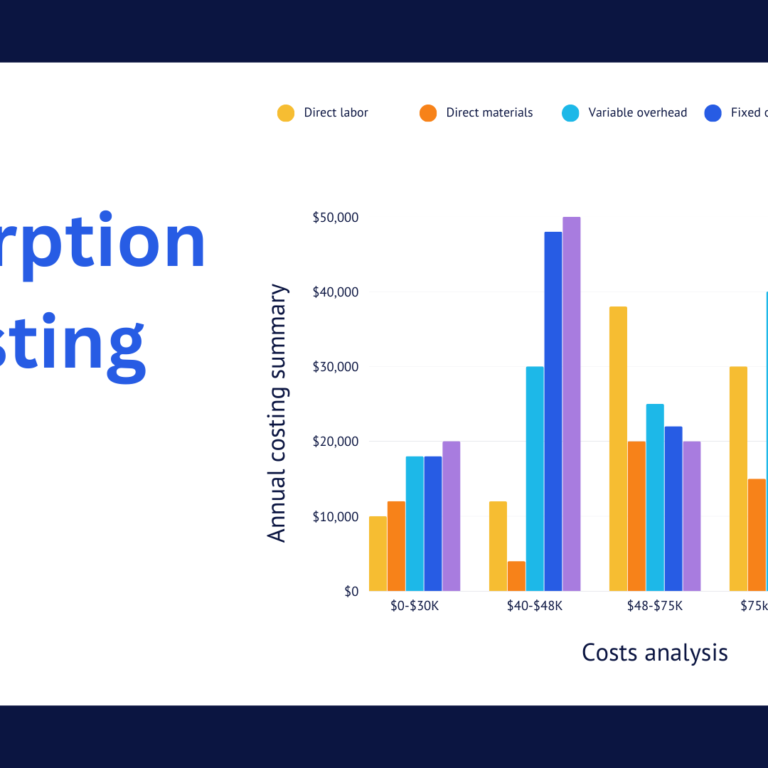Introduction
Cost control is a fundamental aspect of financial management that involves managing and regulating expenses within an organization. It focuses on minimizing costs while maintaining quality and efficiency to achieve financial stability and profitability. By implementing effective cost control measures, businesses can optimize resource allocation, maximize return on investment, and adapt to changing market conditions.
This process involves budgeting, cost analysis, and expense monitoring to identify cost drivers, reduce unnecessary expenses, and ensure expenses align with predetermined budgets. Ultimately, it enables organizations to achieve their financial goals, maintain competitiveness, and drive long-term sustainability. It is a continuous improvement process.
Importance of cost control
Financial Stability:
It ensures that expenses are kept within budgeted limits, helping organizations maintain financial stability. By managing costs, businesses can avoid overspending, mitigate financial risks, and maintain a healthy cash flow.
Profitability:
It directly impacts an organization’s profitability. By minimizing costs, businesses can increase their profit margins and enhance overall financial performance. This is especially important in competitive industries where profit margins may be slim.
Resource Optimization:
It enables organizations to optimize their resources, including labor, materials, and equipment. By efficiently allocating resources and eliminating waste, businesses can enhance productivity, reduce inefficiencies, and maximize the utilization of available resources.
Competitive Advantage:
Implementing effective cost-control measures gives organizations a competitive edge. By keeping costs in check, businesses can offer competitive prices to customers while maintaining quality standards. This helps attract customers, gain market share, and stay ahead of competitors.
Investment Opportunities:
By controlling costs and generating higher profits, organizations can free up funds for investment in growth initiatives. This may include expanding operations, developing new products or services, or investing in research and development. Cost control creates opportunities for future growth and expansion.
Financial Planning:
It provides organizations with a clear understanding of their financial position. It helps in accurate financial planning, forecasting, and budgeting. By having control over costs, organizations can make informed decisions about resource allocation, investment priorities, and future financial strategies.
Risk Management:
It helps mitigate financial risks. By closely monitoring and managing expenses, organizations can identify potential risks and take proactive measures to address them. This helps minimize the impact of unexpected cost fluctuations or economic uncertainties.
Cost control vs cost management
| Cost Control | Cost Management | |
| Definition | The process of managing and regulating expenses within an organization to ensure they align with budgets and financial targets. | The strategic process of planning, allocating, and controlling costs to achieve organizational objectives while considering value creation. |
| Focus | On regulating expenses to stay within budgeted limits and minimize costs. | Optimizing costs in line with strategic goals and objectives while considering value and quality. |
| Scope | Primarily focuses on monitoring and reducing expenses to align with predetermined budgets. | Encompasses a broader approach, including cost analysis, cost reduction, value creation, and strategic decision-making. |
| Emphasis | On controlling and reducing costs to maintain financial stability and profitability. | Managing costs holistically to drive value creation, enhance efficiency, and achieve strategic objectives. |
| Timeframe | Short-term focus on immediate cost reduction and expense management. | Long-term perspective with a strategic outlook on cost optimization and value creation. |
| Approach | Reactive approach to address cost variances and implement corrective measures. | Proactive approach that integrates cost considerations throughout the decision-making process. |
| Impact | Directly impacts budget adherence and financial stability. | Has a broader impact on organizational performance, competitive advantage, and value proposition. |
| Flexibility | May involve stricter control measures to reduce costs and maintain budgetary discipline. | Provides flexibility to explore cost-saving opportunities while considering quality, innovation, and long-term objectives. |
| Value Creation | Primary focus is on cost reduction and maintaining financial stability. | Balances cost optimization with value creation, quality improvement, and customer satisfaction. |
Step-by-step procedures in cost control
Set Cost Control Objectives:
Define clear objectives and targets. Identify specific areas or cost drivers that need to be addressed, such as raw materials, labor, overhead costs, or operational expenses.
Analyze Cost Structure:
Conduct a thorough analysis of the organization’s cost structure. Identify cost categories, cost centers, and cost drivers. This analysis helps in understanding the key contributors to overall costs and highlights areas for potential savings.
Establish Budgetary Controls:
Develop comprehensive budgets that outline expected expenses for different cost categories. Monitor actual costs against budgeted amounts regularly. Identify and investigate any significant variances to understand the underlying causes.
Monitor and Track Expenses:
Implement robust systems and processes to monitor and track expenses in real time. Regularly review and analyze expense reports to identify any anomalies or deviations from planned costs.
Identify Cost Reduction Opportunities:
Continuously seek opportunities to reduce costs. Analyze cost drivers, explore alternative suppliers or vendors, negotiate better pricing, streamline processes, eliminate waste, and identify areas for efficiency improvements.
Implement Cost Reduction Measures:
Develop action plans to implement cost reduction measures. Assign responsibilities, set timelines, and allocate resources accordingly. Implement strategies such as renegotiating contracts, optimizing inventory management, or improving energy efficiency.
Evaluate Cost-Benefit Trade-offs:
When considering cost reduction measures, evaluate the potential impact on other areas of the organization. Assess the trade-offs between cost reduction and other factors such as quality, customer satisfaction, or employee morale.
Engage Employees:
Involve employees at all levels. Encourage them to contribute ideas for cost reduction, improve efficiency, or identify areas for savings. Provide training and awareness programs to enhance their understanding of cost control principles and their role in achieving cost objectives.
Regularly Review and Assess:
Conduct regular reviews of cost control measures and their effectiveness. Monitor key performance indicators (KPIs) related to cost reduction and evaluate progress against set targets. Identify any gaps or areas requiring further attention.
Continuous Improvement:
Cost control is an ongoing process. Encourage a culture of continuous improvement and innovation in cost management. Regularly review processes, seek feedback and implement lessons learned to refine cost control strategies over time.
Challenges in cost control
Resistance to Change:
Employees may resist cost control measures, especially if they perceive them as threats to job security or changes in established processes. Overcoming resistance requires effective change management strategies and clear communication about the importance and benefits of cost control.
Lack of Data and Information:
Inadequate or inaccurate data can hinder cost control efforts. Organizations need reliable data on expenses, cost drivers, and performance metrics to make informed decisions. A lack of data can lead to difficulty in identifying cost-saving opportunities and measuring the effectiveness of cost-control initiatives.
Complex Cost Structures:
Organizations with complex cost structures, such as those with multiple cost centers or diverse product lines, may face challenges in identifying and tracking costs accurately. It can be challenging to allocate costs appropriately and ensure that cost control measures are applied consistently across different areas.
Balancing Cost Reduction and Quality:
Striking the right balance between cost reduction and maintaining quality standards can be challenging. Cost control measures should not compromise product or service quality, customer satisfaction, or organizational reputation. Organizations must consider cost-saving opportunities without compromising quality and value.
External Factors:
External factors such as inflation, economic downturns, or fluctuations in market prices can impact cost control efforts. Organizations may face challenges in managing cost increases or responding to unforeseen circumstances that affect the availability or cost of inputs, materials, or resources.
Sustainability and Long-term Impact:
Cost control measures focused solely on short-term savings may neglect long-term sustainability. Organizations need to consider the long-term impact of cost control decisions on factors such as employee morale, innovation, and the ability to invest in future growth and development.
Organizational Culture and Behavior:
Shifting the organizational culture to embrace cost control can be challenging. Some employees may not prioritize cost-consciousness or may engage in wasteful behaviors. Cultivating a culture of cost consciousness and instilling behavioral changes may require time and consistent reinforcement.
Lack of Resources:
Implementing effective cost-control measures may require investment in technologies, tools, and training. However, organizations facing budget constraints or resource limitations may find it challenging to allocate sufficient resources to support cost control initiatives.
A practical example
One practical example is implementing a telecommuting policy for employees. By allowing employees to work remotely, organizations can save on costs associated with office space, utilities, and supplies. This cost control measure reduces the need for physical infrastructure and can result in significant savings.
Additionally, it can lead to increased employee productivity and satisfaction, as well as reduced commuting expenses for employees. This example demonstrates how a strategic cost control measure can have a positive impact on both the organization’s bottom line and employee well-being.
How to implement cost control
Implementing involves several key steps:
Identify Cost Drivers:
Analyze your organization’s cost structure and identify the main drivers of expenses. This includes direct costs (such as materials and labor) and indirect costs (such as overhead and administrative expenses). Understanding the key cost drivers will help you focus your cost control efforts effectively.
Set Clear Objectives:
Define specific cost control objectives and targets that align with your organization’s financial goals. Establish measurable targets for reducing costs, improving efficiency, or optimizing resource utilization. Clear objectives provide a framework for implementing cost control measures.
Conduct Cost Analysis:
Conduct a detailed analysis of your organization’s costs. Identify areas where costs can be reduced or optimized without sacrificing quality. Look for opportunities to streamline processes, eliminate waste, negotiate better pricing with suppliers, or identify alternative cost-effective solutions.
Establish Budgetary Controls:
Develop comprehensive budgets that outline expected expenses for each cost category. Monitor actual costs against budgeted amounts and regularly review budget variances. This will help identify areas where costs are exceeding expectations and enable timely corrective actions.
Implement Cost Reduction Measures:
Implement specific cost reduction measures based on your analysis and objectives. These may include renegotiating contracts with vendors, implementing energy-saving initiatives, optimizing inventory management, or improving process efficiency. Assign responsibilities, set timelines, and track the progress of cost control initiatives.
Monitor and Evaluate:
Continuously monitor and evaluate the effectiveness of your cost control measures. Regularly review expense reports, track key performance indicators (KPIs), and compare actual results against your cost control objectives. This will allow you to identify any gaps or areas requiring further attention and make necessary adjustments.
Communicate and Involve Employees:
Engage employees at all levels in the cost control process. Communicate the importance of cost control and encourage their participation in identifying cost-saving opportunities. Employees can provide valuable insights and suggestions for improving efficiency and reducing costs.
Foster a Culture of Cost Consciousness:
Develop a culture that values cost consciousness and encourages employees to be mindful of costs in their day-to-day activities. Provide training and awareness programs on cost control principles and their role in achieving cost objectives. Recognize and reward employees for their contributions to cost-reduction efforts.




